Many people with a money tree have encountered the situation where "all the leaves fall off, leaving only the bare trunk." Seeing this, it’s easy to panic and think, "Is it beyond saving? Should I just throw it away?" Actually, don’t rush to discard it! As long as the trunk isn’t completely rotten, follow these steps, and there's a good chance it will sprout new growth and leaves. This method has been personally tested and works effectively!
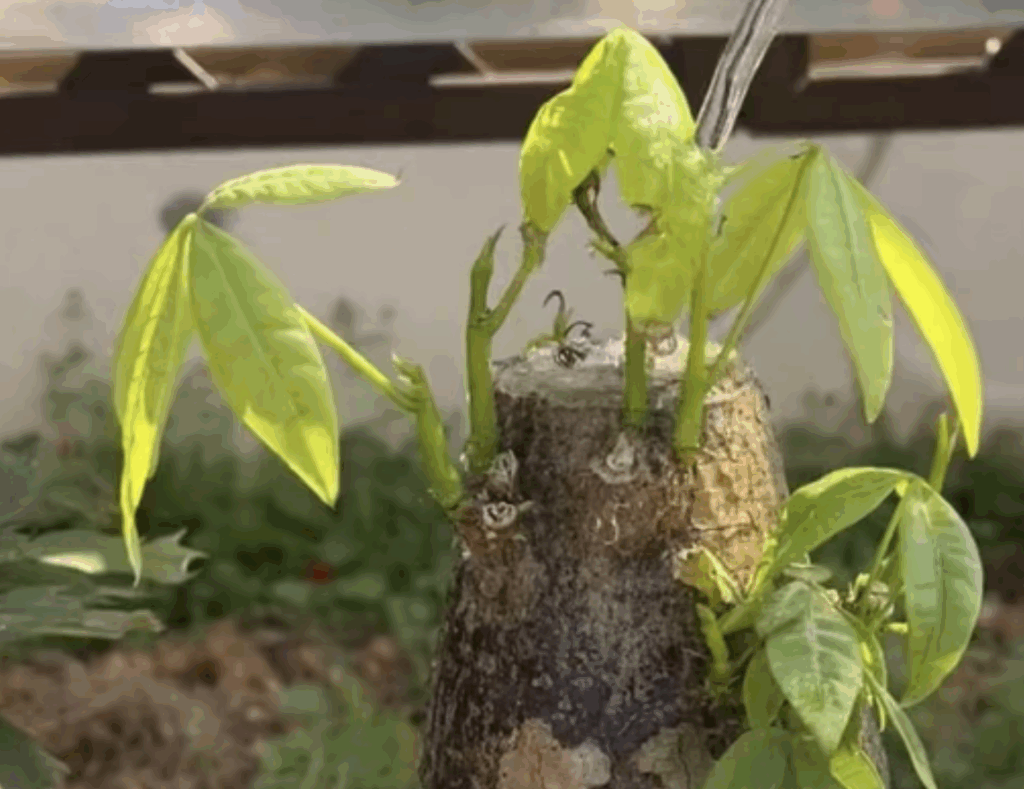
Step 1: Check if the trunk is alive – This is crucial for saving the plant. Gently touch the trunk; if it feels firm and doesn’t squish or feel soft, and when you lightly scrape the surface with your fingernail, the inside is light green or white and slightly damp, that means the trunk is still alive and can be saved! However, if the trunk feels soft when squeezed, and when you scrape it, the inside is brown or black with a moldy smell, it’s likely beyond saving.
Step 2: Address the rotten roots – Most of the time, leaves fall off because of root rot. When the roots rot, they can no longer absorb water and nutrients, causing the leaves to drop. Start by removing the money tree from its pot, gently shaking off the soil from the roots. Examine the roots: white or light yellow roots are healthy, while brown, black, or crumbling roots are rotten. Use sterilized scissors (just wipe them with alcohol) to trim off all the rotten roots, leaving no damaged parts behind. After trimming, soak the roots in a fungicide solution (diluted according to the instructions) for 15-20 minutes to kill any bacteria and prevent further root rot.
Step 3: Treat the trunk – If the top of the trunk is shriveled or dry, trim it back to a healthy part with scissors, making sure the cut is clean and even. Next, find a well-ventilated, shady place to let the entire tree (roots and trunk) dry out. Don’t place it in direct sunlight—let it air dry naturally for 3-5 days. Wait until the cut areas on the roots and trunk feel dry to the touch and no longer sticky before proceeding to the next step. This step is essential—if you repot it before it dries, the wounds are more likely to get infected, leading to root rot again.
Step 4: Repotting – Once it’s dry, you can repot the plant. Choose the right potting mix—don’t use regular garden soil, as it can cause waterlogging and lead to root rot. It’s best to use a mix of "leaf mold + perlite + coarse sand" in a 2:1:1 ratio, or you can buy ready-made succulent soil, which is breathable and well-draining, reducing the risk of root rot. When repotting, don’t use a pot that’s too large—just one that’s about a size bigger than the root ball. Place the trunk in the center of the pot and gently firm the soil around the roots, making sure the roots are just covered and the bottom of the trunk isn’t buried in the soil to prevent mold growth.
Step 5: Post-repotting care – This stage is crucial for recovery. Don’t overwater or expose the plant to too much sunlight right after repotting. For the first two weeks, avoid watering. Let the roots acclimate to the new soil. Once the soil is completely dry, water along the edge of the pot, but don’t water thoroughly. Keep the soil slightly moist, not soaking. Overwatering will cause the newly growing roots to rot. As for light, keep the tree in a location with indirect light, such as a corner of the living room or behind a sheer curtain on the balcony. Increase light exposure gradually once new shoots appear. Also, do not fertilize during this period, as the trunk can’t absorb nutrients yet, and fertilizing will harm the roots.
So if your money tree has turned into just a trunk, try following these steps before giving up. You might just be able to bring it back to life, and it could once again become your "prosperity tree"!

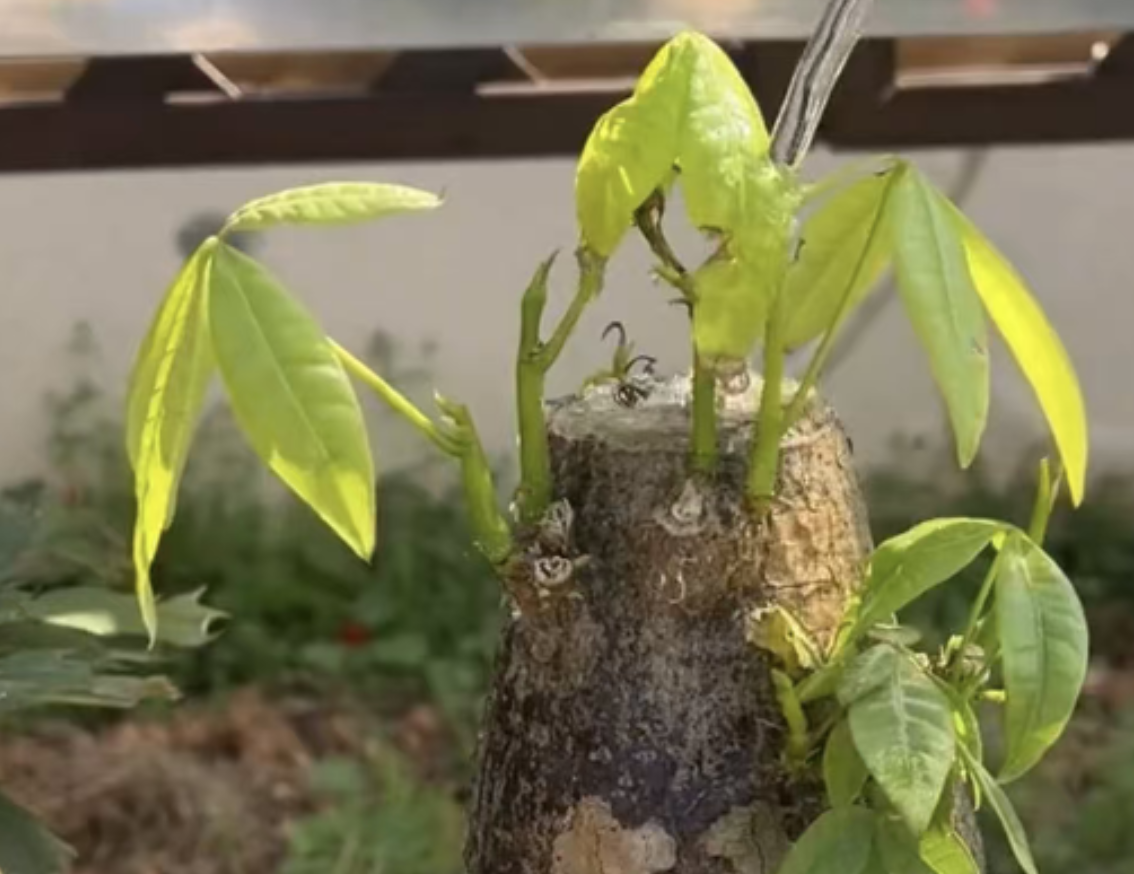
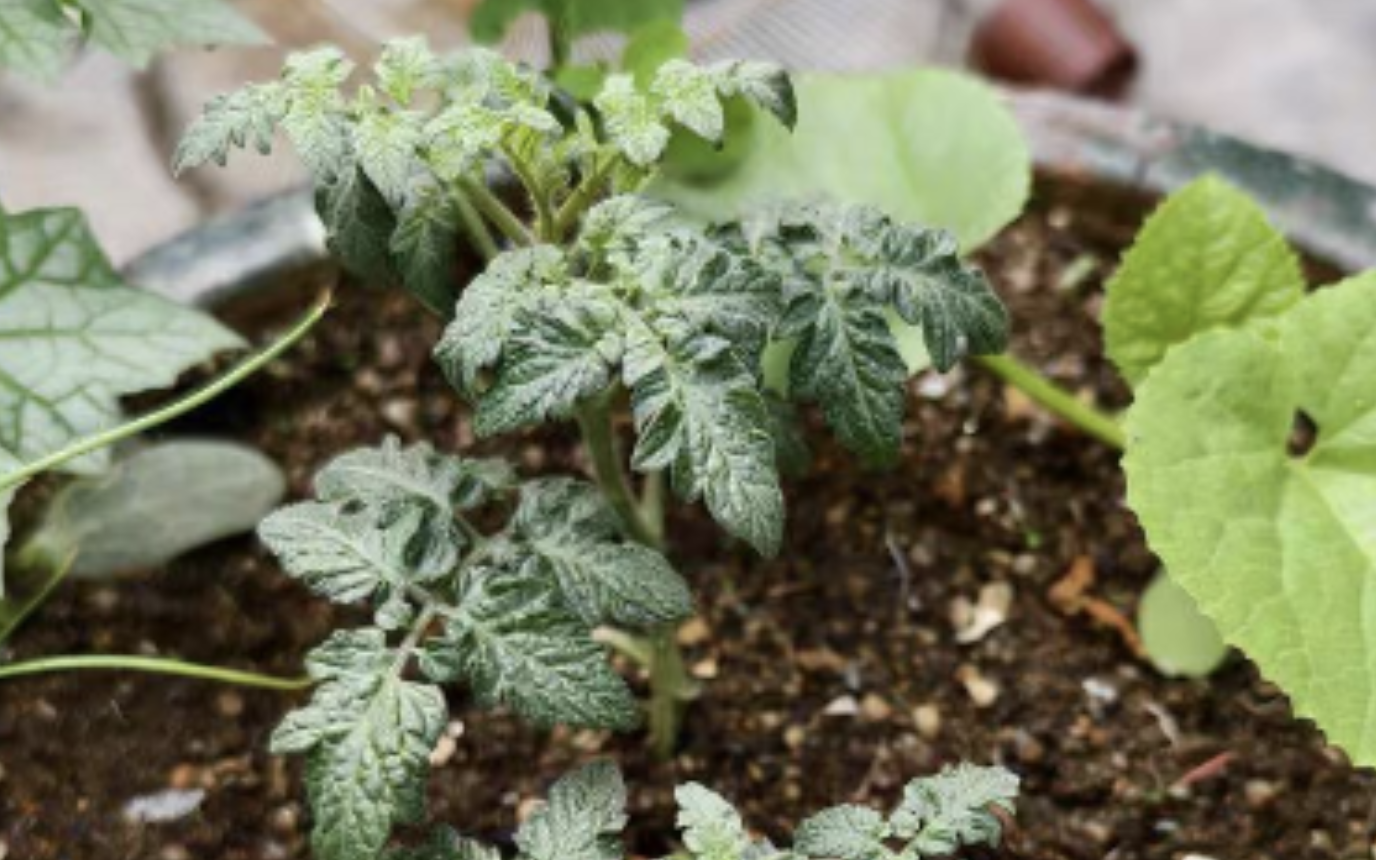
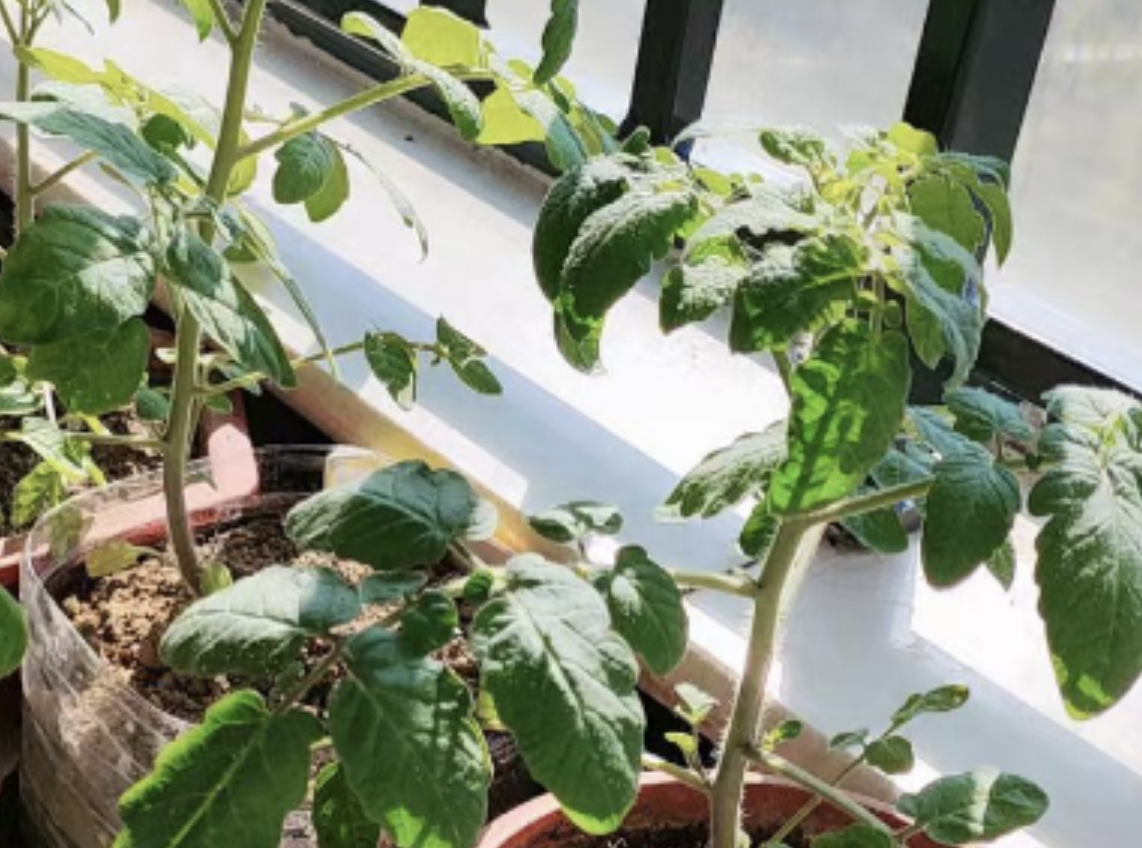
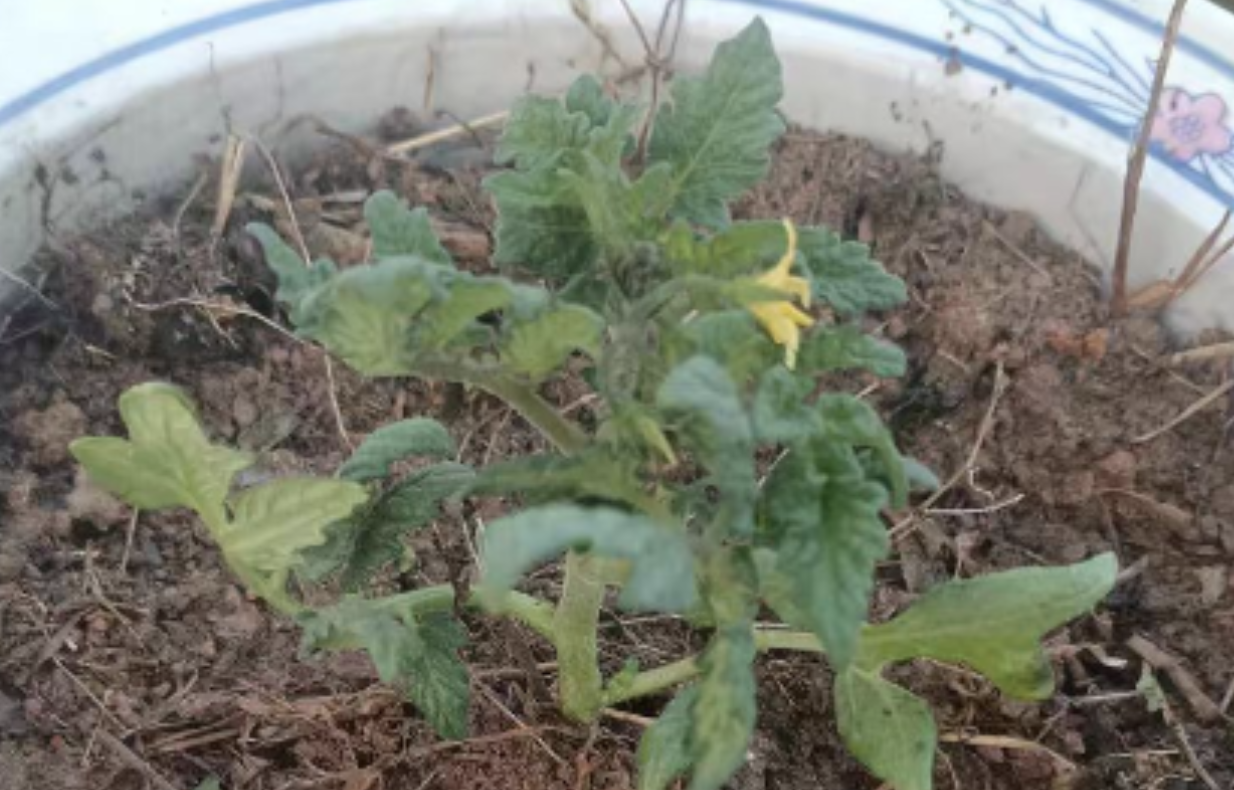
Leave a Reply